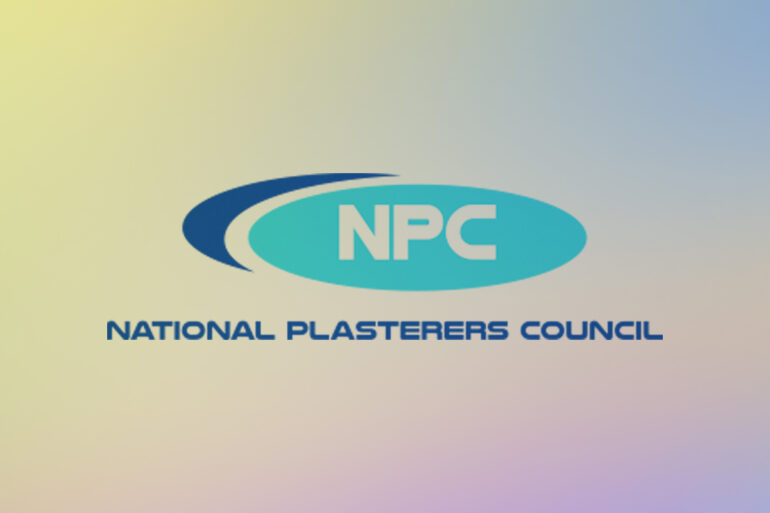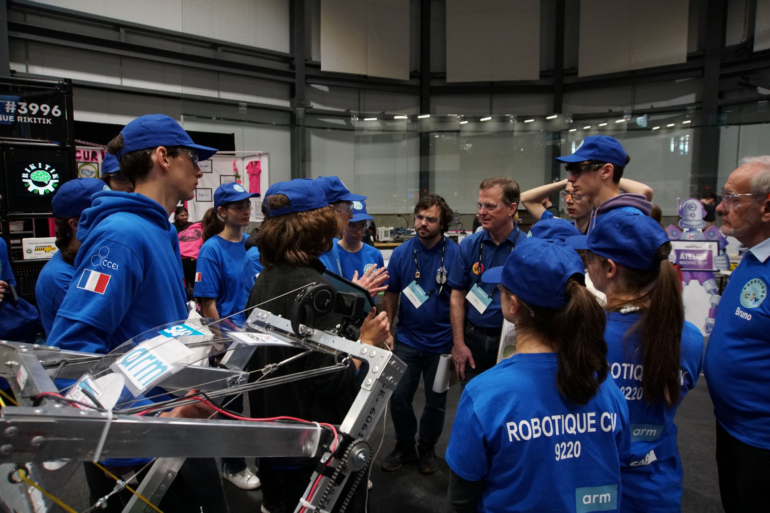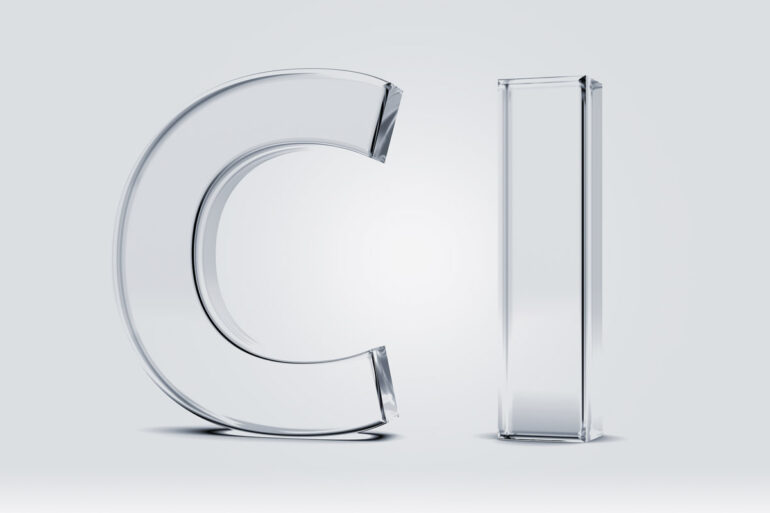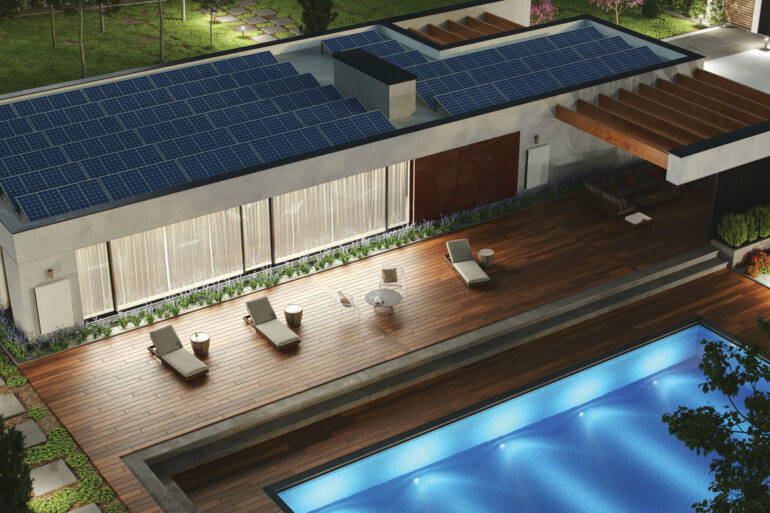Into The Future
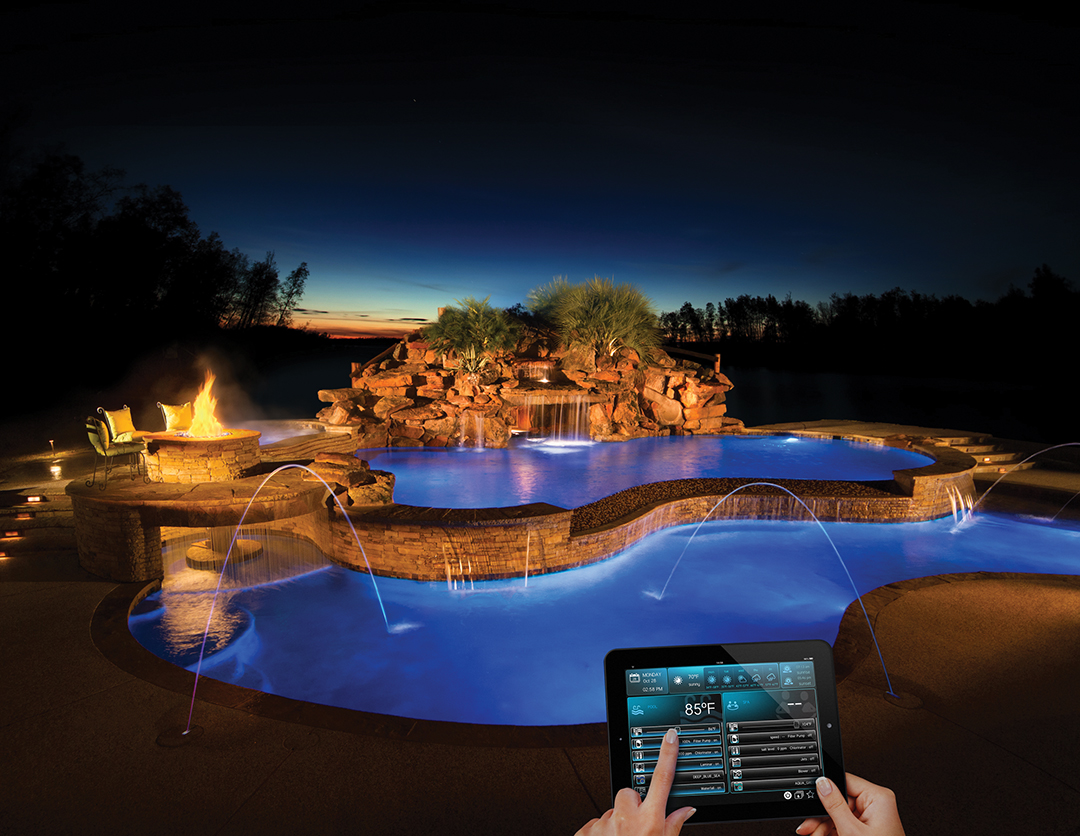
Greg Fournier joined Hayward Industries four years ago, transitioning from the consumer-electronics industry to Hayward to help develop the company’s OmniLogic automated control system. Fournier, who says the elements of product design were similar across both industries, knew Hayward’s customers were asking for easier-to-use controls.
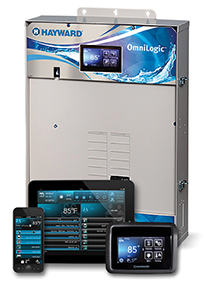
“We wanted to make it simpler to buy, sell, configure and simpler for distributors to stock,” Fournier says.
Hayward slowly rolled out the OmniLogic by demonstrating it at the International Pool | Spa | Patio Expo in 2013, then shipping it to its Totally Hayward partners on a one-by-one basis. They’ve now started shipping industry-wide, feeling confident of the proper training, documentation and support to ensure builders can sell it successfully.
“We knew that, for builders, changing automation companies is like changing religion,” Fournier says. “We knew it would be difficult to get them to do that, but we wanted them to look at it and say, ‘That’s the way we used to do it, but this is the way we do it now.’ ”
Installation
For a pool builder, OmniLogic’s installation is likely similar to that of previous automation systems, especially in terms of wiring and hookup. Where the OmniLogic differs, however, is in its modular relay design. Each build starts with a four-relay base.
“Historically, many control systems have used relay No. 1 as a filter relay, and if you had a smart filter or you don’t have a filter, you still have to leave relay one open for it,” Fournier says. The OmniLogic is designed with what Fournier calls “relays without rules.” A relay can be used for whatever a builder chooses. On top of that, if the installer is using one of the company’s ‘smart’ components, he or she doesn’t have to “chew up” extra relays, says Devin White, a construction supervisor at Cascade Pools and Spas in Lake Oswego, Ore. “The breaker just goes directly to the pump, then it frees up some extra relays on the automation side.”
Fournier says up to 16 variable-speed pumps can be installed without using up a single relay, with most customers only requiring one to three.
The modular design also means anything can be added at any time. Instead of having to rewire, reconfigure or possibly add a second full automation system, if more relays are needed you simply plug in another OmniLogic relay bank. The base has room to add two individual relays or another relay module, which has four relays. If that becomes full, instead of having to purchase another base, there is an expansion pack to can be plugged in that provides four valve-actuating relays, four low-voltage relays and four temperature sensors.
“Five years from now, if the customer decides they want to install an outdoor living area, they can control everything from this same controller and upgrade it to handle that,” Fournier says. “We’ve made it modular so every build that they go on is going to be right.”
For pool builders, perhaps the most challenging part of the installation for is dealing with the home networking. Whenever possible, Hayward recommends running an Ethernet cable to the pool pad so it can be plugged directly into the base. When that’s not possible, there is a Wi-Fi antenna that can be used instead. To set up the antenna, a builder needs the case-sensitive name of the customer’s home network, the type of encryption it uses and the case-sensitive password. Fournier says he receives the most calls on this part of the process, but that after a couple of installs, most builders have it down as long as the customer gives them correct information.
“As soon as you plug them in, it says, ‘Oh, I’ve got a new smart component,’ ” Fournier says. “ ‘This is what it makes me do or this is where it belongs, and when I’m going through the configuration I need to ask a bunch of questions about that smart component, because I know it’s already there.’ ”
The list of smart components Hayward offers continues to grow, but this is what it currently offers:
• Ecostar VSP Pump
• TriStar VS Pump
• RelayBank
• Relay
• IO Expansion Cart
• Expansion Panel
• Sense and Dispense Chemical Automation
• Hayward Touch Screen Remotes
Configuration
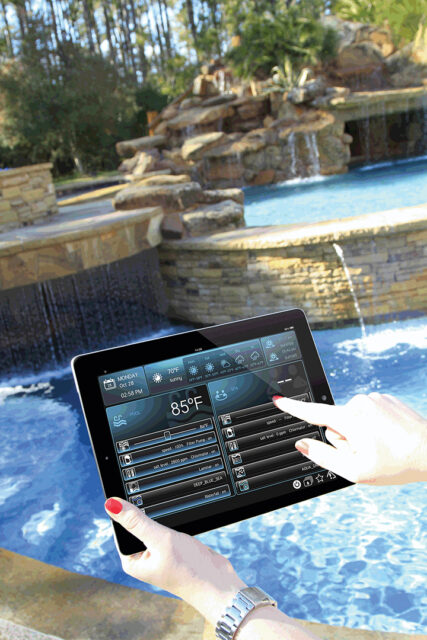
Where the OmniLogic really starts to stand apart from other automation systems is in the configuration. OmniLogic asks for basic information about the pool you’re configuring, then follows up with only questions that pertain to that pool.
“It’s adjusting its yes/no questions for you based on your answers,” Fournier says. “If you say you have three heaters, it asks you about the three heaters — it does not ask you more or less.”
After a recent update, you can now make changes to the configuration without having to toggle through the entire list of questions.
“In this newest version, we added quick edit, so if you want to change the name of your water feature from slide to rain curtain, you can go right to there, change it and save your changes,” Fournier says.
The configuration can either be done at the base using the touchscreen.
White says that before they started using OmniLogic, they would pull stickers off of a set sheet of names to label their configurations, which he said could get confusing for customers. Now he can name things whatever he wants.
“They might not even know what the circulation pump is, so you call it the filter pump,” White says. “You give it a very specific name for each item that makes sense to the customers.”
The configuration is separate from the settings, so customers don’t have easy access to it.
“The builder can tell the customer how to do the configuration, but it’s not that easy for them to figure it out unless they really want to figure it out,” Fournier says.
If a customer does mess up the configuration, the builder has several ways to get it working again. He or she can either answer all the questions again, pull up the specific problem using quick edit, or utilize the USB port Hayward has installed on the base station. Using that port, a builder can save a configuration after it’s complete, so if any problems arise, all they have to do is plug in the USB drive, and pull up and restore that original configuration to get everything back as it should be.
Future Proof
We all know technology moves at a break-neck pace. Builders and customers looking at an automation system may wonder whether it is going to be obsolete in five years. Fortunately, the above-mentioned USB port will help keep the OmniLogic up to date. Upgrades to the systems firmware can be downloaded to a USB drive, and either the builder or customer can plug it in and complete the upgrade.
“I’ve released four versions over the last year, and each time I add more capability to it,” Fournier says. “Now most of the time I’m just adding new features.”
White says sometimes Hayward has an upgrade done before he’s even realized there’s something he needs. He also likes that he can make suggestions based on what he’s seeing out in the field.
“We’ll give our ideas,” White says, “and they actually listen and make changes for us.”
Customer Control, Dealer Power
OmniLogic gives customers as much or as little control over their pool as they want. Using the smartphone or tablet app, or logging into the interface on their computer, they can control any aspect of their backyard that has been configured.
“Customers want to change their schedule, create themes, turn something on, set a favorite, add a countdown timer, all things that have to do with settings, so we give them the ability to do all that and they’re really not going to mess something up,” Fournier says.
Up to 25 different themes can be stored. “Our system allows you to…look at your pool and go, ‘That’s the way I want it for a Friday-night party,’ ” Fournier says. “You click Add a Theme, type in the name Friday Night Party, you put a beer mug as your icon, hit OK and that’s it. The next time you come home, you press Friday Night Party and it brings your entire system back.”
Once a theme is turned off, the pool goes back to its regular filtration and chemical automation schedule. Themes can also be given a countdown timer, so they aren’t inadvertently ran for long periods of time.
For high-end builders whose customers don’t want the fancy controls, Hayward created a simple mode. A builder can set up a few favorites and themes, and all the customer sees is those buttons.
“They can lock their customer out of the user interface and give them anywhere from two to 24 buttons to press,” Fournier says. The buttons could control an intricate theme or just turn the lights on and off in different colors.
The user interface not only gives the customer a lot of control, but it also allows the builder to remotely access, monitor and troubleshoot when necessary. By setting themselves up as a sub account, a builder can arrange it so only they see alarms. If a pump stops working, for instance, they can alert the customer and fix the problem before it becomes a bigger issue. They can also see what’s going on in the pool chemically. If a customer needs to add more salt or their water balance is off, that can be seen and corrected.
White says customers will get in touch with him to take care of basic things, giving him their user name and password so he can make the adjustments they want.
“Most of the time, I’m out in the field,” White says. “I’ll get these calls, I’ll go in and turn it on for them.” While it doesn’t reduce the time he spends with customers, White says it saves time, fuel and stress when he’s able to fix something remotely and immediately.
“It’s about focusing on the pool experience for the customer, the backyard experience for the customer and making sure they understand what a laminar looks like, what a sheer cascade looks like or what a waterfall looks like,” Fournier says. “It’s extremely valuable and powerful for that builder who is walking in to talk to the customer. When the next builder walks in with his stack of brochures and his calculator, which builder do you choose?”

